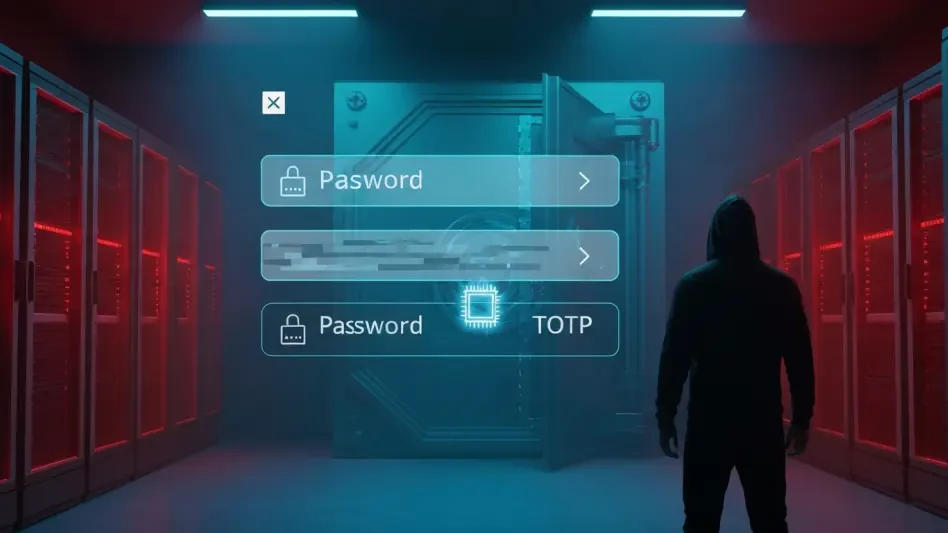Email security is a top priority for organizations worldwide, yet even the most advanced defenses have difficulty intercepting sophisticated email threats, particularly targeted phishing attacks. These threats can deceive users and bypass security measures designed to protect against them. The necessity for swift action to mitigate potential damage is paramount. Unfortunately, manual response processes are often too slow due to time constraints and the existing workload on IT teams, making automated incident response an essential component in email security strategies.
The Limitations of Traditional Email Security Solutions
Struggling to Keep Up
Traditional email security solutions that rely heavily on predefined rules and signature-based detection often fail against evolving threats. Cyber attackers continually devise new strategies to bypass conventional filters, making it challenging for static defenses to keep pace. Furthermore, phishing schemes have become more sophisticated, using social engineering tactics and crafting messages that appear legitimate. As these attacks become more original, traditional defenses are increasingly inadequate, leading to greater vulnerability.
Delayed Response and Its Consequences
The speed of response is critical in dealing with email threats. Delays in detecting and mitigating these threats allow attackers to establish a foothold within a network. Once inside, they can exfiltrate sensitive data, install malware, or cause operational disruptions. Manual processes, burdened by their inherent slowness and reliance on human intervention, often fall short of the necessary reaction time. This delay can give threat actors the window they need to cause significant damage, illustrating the essential need for automation in email threat response.
The Necessity of Quick Threat Identification and Containment
Real-Time Threat Detection
Real-time detection of threats is integral to maintaining robust cybersecurity, particularly in the context of email security. Automated incident response systems can rapidly identify suspicious activities, flagging potential threats before they escalate. These systems analyze vast amounts of data at speeds beyond human capabilities, pinpointing anomalies that signal potential breaches. By processing user-reported data and leveraging comprehensive threat intelligence, automated systems provide a proactive defense mechanism that can protect organizations from a wide range of evolving threats.
Immediate Containment and Remediation
Once a threat is identified, quick containment is vital to prevent its spread within a network. Automated incident response provides the capability to instantly remove malicious emails from inboxes, quarantine suspicious items, and block further harmful communications. This swift action reduces the risk of lateral movement by attackers, curtailing their ability to reach other parts of the network. Automated systems can also remediate affected systems, ensuring compromised assets are secured and restored to safe operational status promptly, reducing overall potential damage.
The Advantages of Automation in Managing Post-Delivery Threats
Faster Mitigation of Threats
Automated incident response systems offer a significant advantage in the faster mitigation of threats compared to manual interventions. By promptly identifying, containing, and neutralizing threats, these systems minimize the window during which attackers can exploit vulnerabilities. The speed and accuracy of automated responses reduce the risk to the organization, ensuring potential breaches are addressed before they can escalate. This rapid mitigation is vital in a landscape where the time between threat detection and action can mean the difference between security and compromise.
Improved Operational Efficiency
Another key benefit of automation in threat management is the improvement in operational efficiency. Automation alleviates the workload of IT and security teams, allowing them to focus on strategic initiatives rather than repetitive tasks of manually handling threats. Predefined triggers and custom playbooks streamline the workflow, integrating seamlessly with existing security tools to ensure effective responses to threats. The efficiency gains from automation translate into better resource utilization and enhanced overall security posture, as teams can dedicate more time to proactive measures and advanced threat hunting.
Proactive Threat Investigation and Visibility
Leveraging Threat Intelligence
An essential aspect of automated incident response is its ability to enhance threat investigation through the collection and analysis of wide-ranging threat intelligence. By compiling data from various sources, including user reports and external threat feeds, automated systems can identify trends and emerging threats. This comprehensive visibility into the threat environment allows security teams to anticipate and prepare for new attack vectors. Automated systems can correlate data points and provide detailed insights, which enhance the understanding of threat patterns and behavior, facilitating more accurate and informed response strategies.
Minimized Damage and Escalation Prevention
In addition to faster and more efficient threat response, automation helps in minimizing the damage caused by threats. Immediate action to contain and remediate threats prevents their escalation and limits the potential impact on the organization. Automating the response also ensures consistency and reduces the margin for human error, which can occasionally occur under the pressure of manual threat management. As a result, an organization’s overall resilience against cyber threats is strengthened, and its ability to maintain normal operations during an incident is significantly improved.
Integrating Automation with Existing Security Tools
Streamlined Workflow and Reduced Costs
Integration of automated incident response systems with existing security tools is crucial for maximizing the efficacy of threat management. This integration allows for a streamlined workflow where various security solutions work cohesively, enhancing the organization’s capability to detect, analyze, and respond to threats. By automating routine processes, organizations can significantly reduce operational costs associated with manual threat management. The cost savings, coupled with the rate and precision of automated responses, make this approach highly effective for both large and small enterprises seeking to optimize their security investments.
Focused Strategic Priorities
Email security is a significant concern for organizations around the globe. Even with advanced defenses in place, intercepting sophisticated email threats, especially targeted phishing attacks, remains a challenge. These threats are designed to fool users and slip through security measures aimed at blocking them. As such, it is crucial to act quickly to minimize potential damage. However, manual response processes often fall short due to time constraints and the heavy workload on IT teams. This limitation highlights the importance of incorporating automated incident response into email security strategies. Automated systems can swiftly tackle these threats, reducing the burden on IT personnel and enhancing overall email security posture. Investing in technology that identifies threats in real-time and initiates immediate defensive measures can significantly bolster an organization’s ability to protect sensitive information. Thus, automated responses are essential for maintaining a robust defense against constantly evolving email threats.








